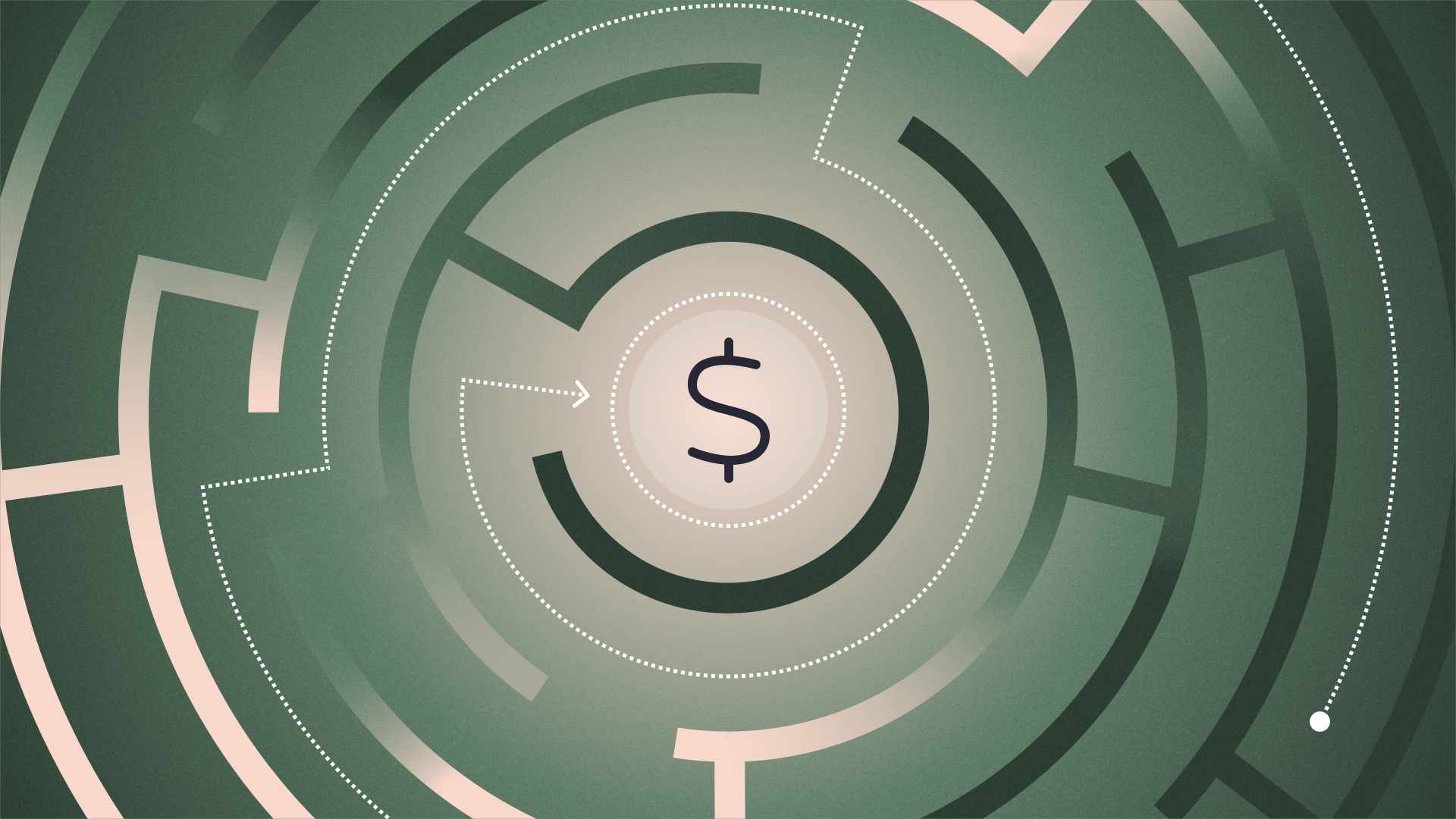How to grow your expansion revenue

Former product manager turned content marketer and journalist.
Earning your first dollar as a startup can feel so rewarding. But earning usually involves spending, whether it’s through marketing, a sales motion, or a referral program. At times, it can feel like you’re spending so much just to get through the initial hurdle of building a customer base.
The good news is that with a great product, you can focus on retention, making the acquisition spend more palatable. Even better, if you add expansion revenue into the mix, you can earn more from your existing customers. And it costs a lot less to retain and sell to existing customers than to acquire new ones.
The more strategic you can be about expansion revenue, the more it can contribute to your startup’s bottom line.
What is expansion revenue and why is it important?
Expansion revenue is any additional revenue you earn from existing customers, beyond their initial purchase. It might be a one-time purchase or something like a subscription product or feature that increases your monthly or annual recurring revenue (MRR and ARR, respectively).
Expansion revenue typically comes in one of three forms:
- Upselling is the purchase of a more expensive product or upgrade.
- Cross-selling is selling related products or services that complement the customer’s current products.
- Add-ons are additional products or services that enhance the customer’s experience.
If you're company is a SaaS company, for example, an upsell might be licensing a higher-tier version of your product. A cross-sell might be selling training services to a company. An add-on might be an additional feature, available for a slight increase in monthly cost.
Not only does expansion revenue bring additional money into your business, but it's also an important indication of your customers’ overall satisfaction with your product. If they see value, they’ll be willing to spend more with you.
How is expansion revenue calculated?
You should set a target for expansion revenue, but not unlike other metrics like profit margin and NPS score, a healthy target range will largely depend on things like your business model and industry. (For example, the SaaS industry generally considers 10-30% to be a healthy target for expansion revenue).
To calculate your expansion revenue accurately, you need to separate expansion revenue from the rest of your MRR or ARR. You can do this by taking your total revenue from your existing customers at the end of the month, less your total revenue from your existing customers at the start of the month. The difference is your expansion revenue.
For example, if your MRR at the start of the month was $100,000 and your MRR at the end of the month is $120,000, your expansion revenue is $20,000.
What’s critical about this formula is that you use the same set of customers. If customers churned during the month, they should be excluded from your starting number. Otherwise, it’s not an apples-to-apples comparison (you gained new revenue, but also lost revenue).
What are some ways to grow expansion revenue?
While expansion revenue can happen organically (e.g., a company needs to add more seats to its plan, or a customer decides to upgrade on their own), you’ll see better results with a specific plan to grow your expansion revenue.
Your tactics will vary based on your business model, but here are some ideas:
Targeted marketing campaigns
If you have a self-serve product, you can run in-app announcements or modals to draw users’ attention to upgrades or paid features. Analytics can tell you if users click on certain features, and you can use that data to send the users an email with a special offer or more information.
Whatever you do, you want to personalize your approach as much as possible. Nudge users who are most likely to upgrade or pay for an additional feature. If your users feel like they’re constantly being bombarded with offers that aren’t relevant to them, that can lead to a frustrating user experience over time.
Use a CRM to track opportunities
If you have a more complex product or target larger organizations, your potential expansion revenue might involve a decision maker (versus the click of a button).
Building a strategy around a customer retention management (CRM) tool can help surface potential opportunities to grow expansion revenue. Account reps can add notes if they feel a customer might be a good fit for an add-on product, or if professional services come up in conversation.
You need a clear process for following up on these opportunities so they don’t slip through the cracks. Should an account rep discuss the opportunity with the customer, or do you have an inside sales rep? Make sure the designated follow-up person is armed with the information they need, such as a sales one-pager or pricing information, to provide to the decision maker.
Tie product features to growth
You can also make expansion revenue a natural part of a customer’s growth. Growing businesses, for example, will need more seats or more complex features. This is especially effective if your customers can tie their growth to your product in some way, such as through improved efficiency.
If your product’s paid version has multiple tiers, consider the features your customers will need for each tier. As your product matures, you’ll want to think carefully about new features tied to each tier. The more enticing the feature, the more likely your customers will upgrade or pay for add-ons.
While improving MRR and ARR will boost your startup financially, expansion revenue helps your business in other ways. If customers are willing to pay more, it’s a sign of loyalty. They see enough value in the product and trust that spending more will serve them better.
If your expansion revenue is tied to customer growth or product features, it can also reduce churn. The more your customers become ingrained with the product — and the more they’ve invested — the harder it is to leave. Your average customer lifetime value (CLTV) should increase the longer you can retain customers and the more they pay.
Expansion revenue is an often underrated strategy as startups focus heavily on customer acquisition. But if you focus on adding genuine value to the customer and establishing a strong fit between customers and your product, it can be a sustainable way to grow your business in a cost-conscious way.
About the author
Anna Burgess Yang is a former product manager turned content marketer and journalist. As a niche writer, she focuses on fintech and product-led content. She is also obsessed with tools and automation.
Related reads

Building in public: Is this the right approach for your startup?

How much should a small business spend on marketing?

You hit $10K MRR. Now what? A 6-month roadmap for SaaS founders
